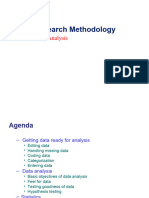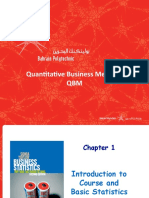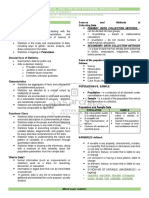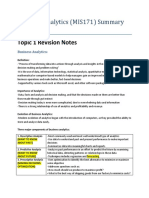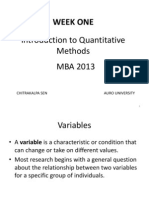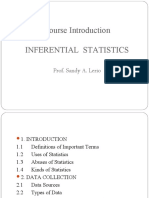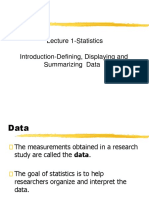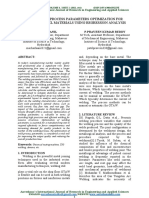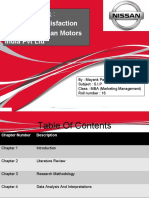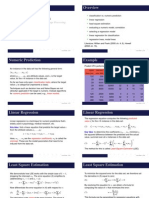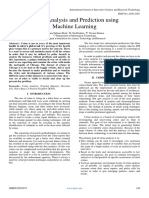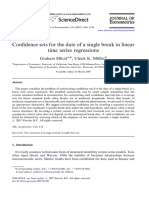0% found this document useful (0 votes)
23 views34 pagesCH 8 Data Analysis
Chapter Eight discusses data analysis, outlining the importance of understanding data types, which include categorical and numerical data, before applying statistical techniques. It explains various coding methods for data consistency and describes different types of data analysis, including univariate, bivariate, and multivariate analysis, along with specific statistical methods such as regression and correlation. The chapter emphasizes the significance of these analyses in deriving insights and making informed decisions based on the data.
Uploaded by
Abdiman HabiboCopyright
© © All Rights Reserved
We take content rights seriously. If you suspect this is your content, claim it here.
Available Formats
Download as PDF, TXT or read online on Scribd
0% found this document useful (0 votes)
23 views34 pagesCH 8 Data Analysis
Chapter Eight discusses data analysis, outlining the importance of understanding data types, which include categorical and numerical data, before applying statistical techniques. It explains various coding methods for data consistency and describes different types of data analysis, including univariate, bivariate, and multivariate analysis, along with specific statistical methods such as regression and correlation. The chapter emphasizes the significance of these analyses in deriving insights and making informed decisions based on the data.
Uploaded by
Abdiman HabiboCopyright
© © All Rights Reserved
We take content rights seriously. If you suspect this is your content, claim it here.
Available Formats
Download as PDF, TXT or read online on Scribd
/ 34











